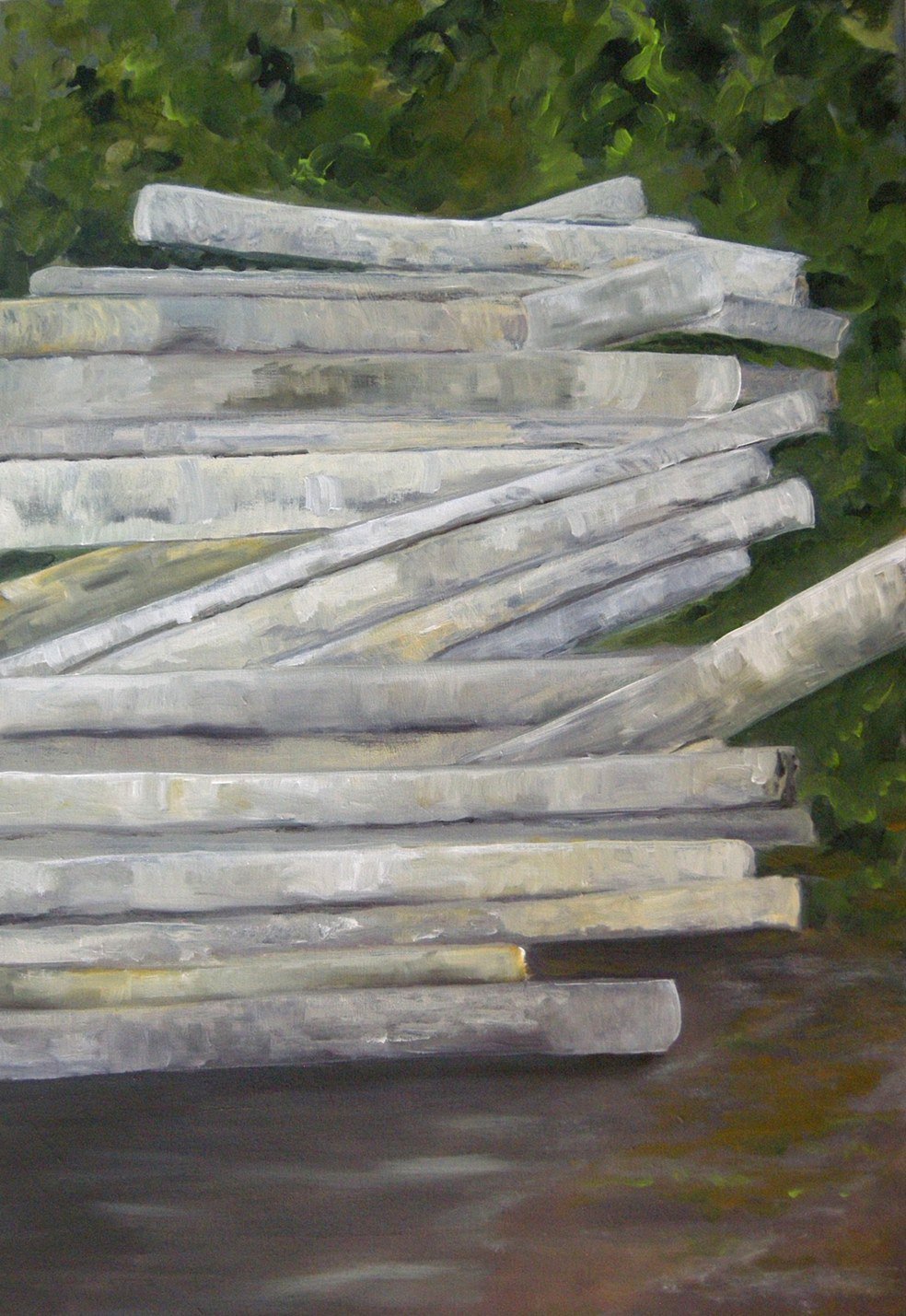
The Waning Light of December
In the fading light of snowy December mornings and twilights I am in the barn with my horse Sakebu, ( Bu for short). I muck, feed, blanket, and groom him. I talk in gentle whispers to another being who nickers and nuzzles and looks at me with a beautiful soft liquid eye as I quote poetry to him. This activity frames my day in the studio. The barn is midway between the house and studio off a long steep driveway. The past few days I have been sharing Whitman’s words with Bu:

Reclamations, Insights, and the Flames of a Creative Storm
26 years ago this month, with a newly awarded Fulbright Scholarship in hand, I left for a year of study at the Institue of Eskimologie in Copenhagen, Denmark. I was awarded the Fulbright for my research in “Arctic Story Telling Practices.” It was an incredible year of research, translation, discoveries, meetings with diverse scholars and travel to Sweden, Finland and the then still divided Berlin.

“… The Poetry of Earth”
Over the past two months I have intensified time in the studio, guided by the trust in attentive response. Responding to exactly what is in front of me in my painting will guide the next movement of brush stroke. Narratives and expectations are left at the door like shoes removed at the Zendo. Interesting things about shoes; they cover feet, Feet plant us on the earth, they ground us and carry the symbolic iconography of “what we stand for.” Removing one’s shoes is a sign of respect. It also removes the barrier, how ever functional or lovely, between me and what grounds me.
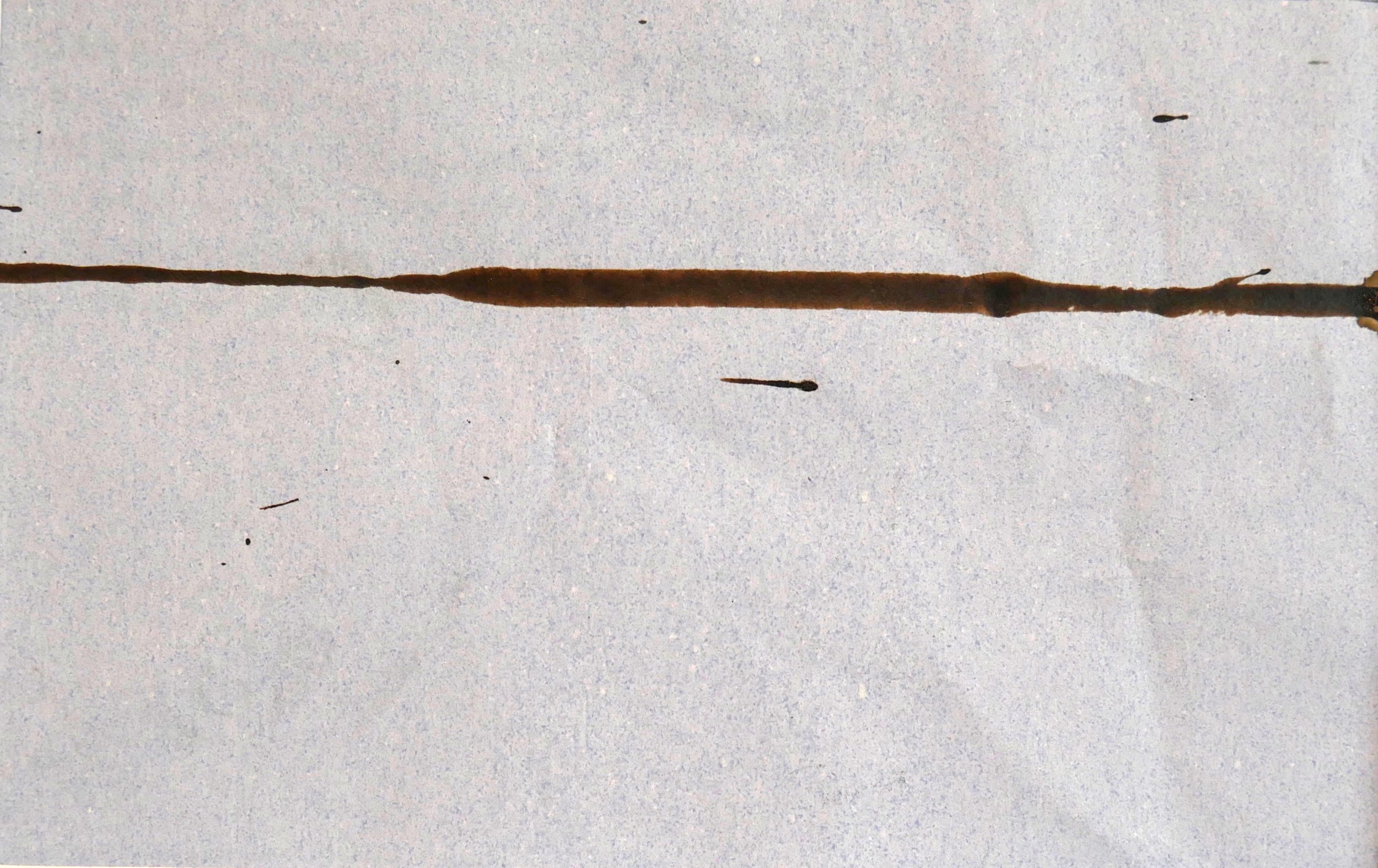
Studio Encounter
The Engulfed Juniper
The ash from the fire
falls like early snow
I stand and watch
my life unfold.
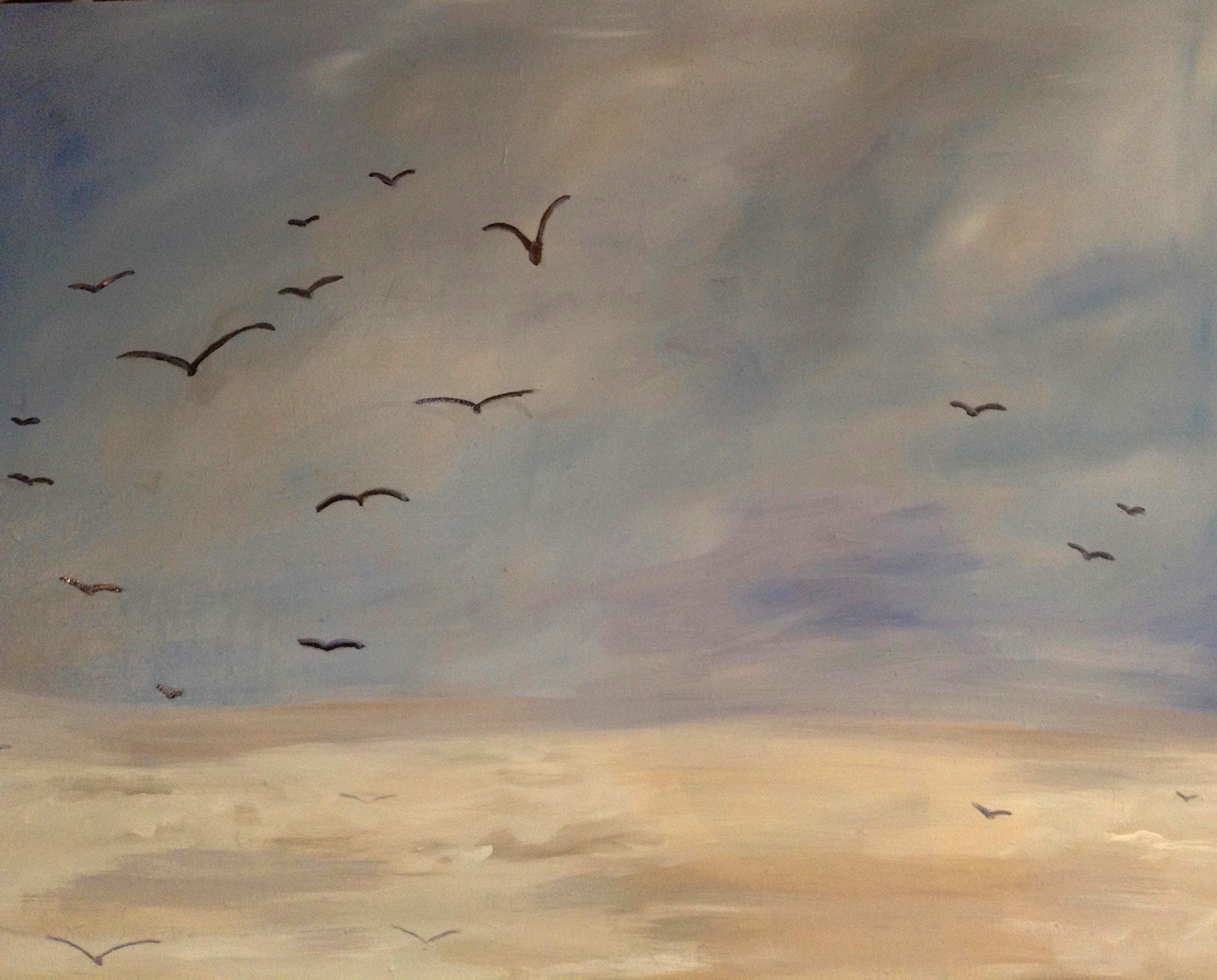
Sonnets to Orpheus II, 21
Whatever image you take within you deeply,
even for a moment in a lifetime of pain,
see how it reveals the whole.
— the great tapestry.R.M. Rilke
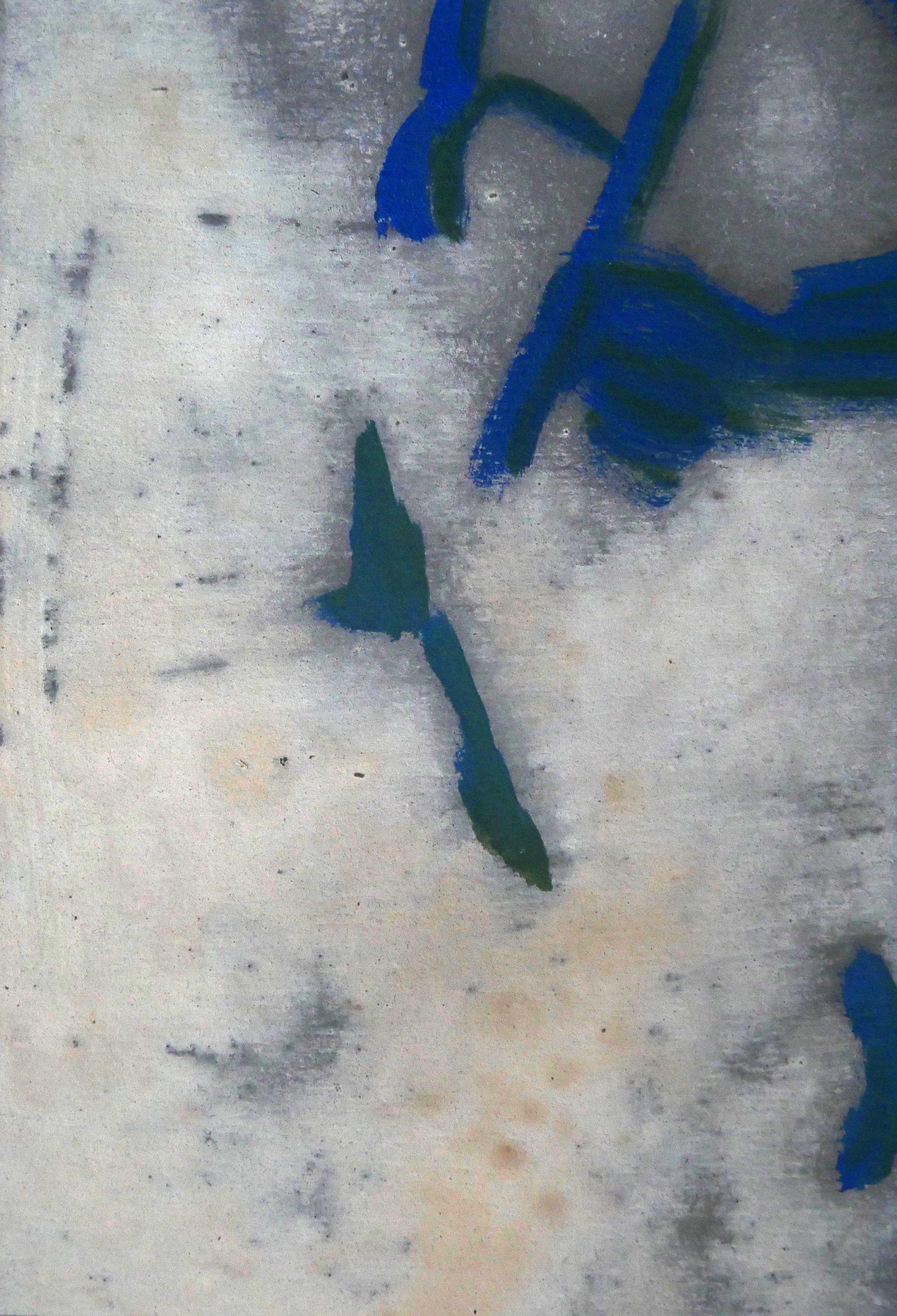
Beauty? ! …
For beauty is but the beginning of terror.
We can barely endure it
and are awed
when it declines to destroy us.
—from the FIRST DUINO ELEGY, RM Rilke
Confronting “Aesthetic Solipsism”
In Art as Language: Wittgenstein, Meaning, and Aesthetic Theory Gary Hagberg presents an analogy between the artist and the speaker with thoughts but NO language or vocabulary. I am interested in this because my work as an artist is not to bound to the mandate of “meaning” or language.
Wittgenstein: “Don’t think, look!” An Artist’s Reflections and Questions for 2015
2014 was a difficult year for me personally. I lost two close friends suddenly and tragically. One on January 26th, the other on March 31st. The spouses of these men are also close women friends. The kind of friends you are blessed to have in a lifetime and for a lifetime. I spent time sitting in court with the widow of one these friends as hearings, court dates and finally sentencing left a trail of “time out of time” all year long. I listened to the pain of my other friend as she wondered if, after 35 years of marriage she would ever find her way again.
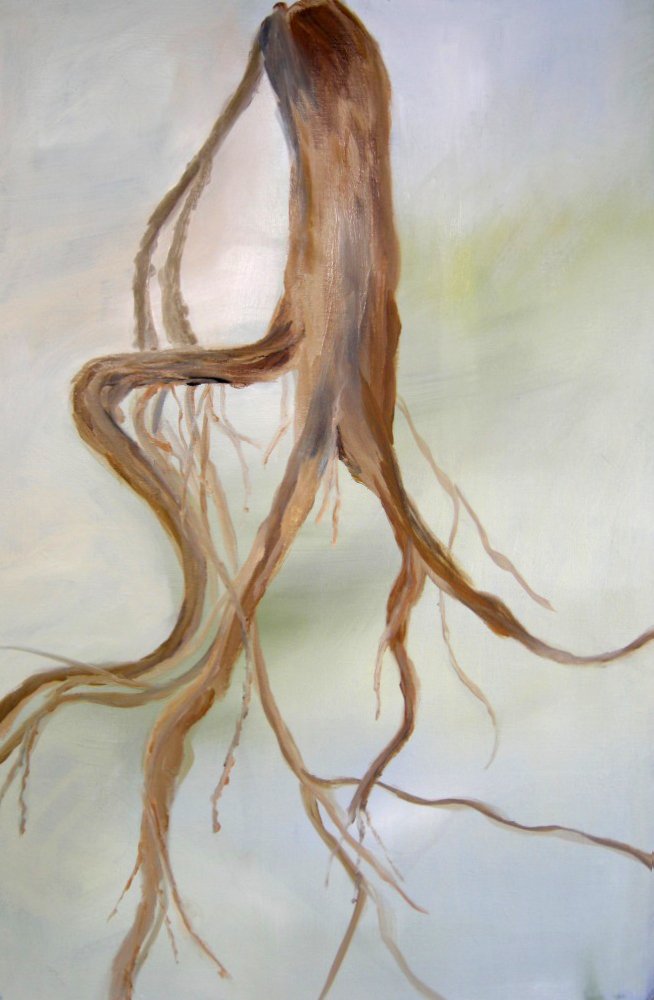
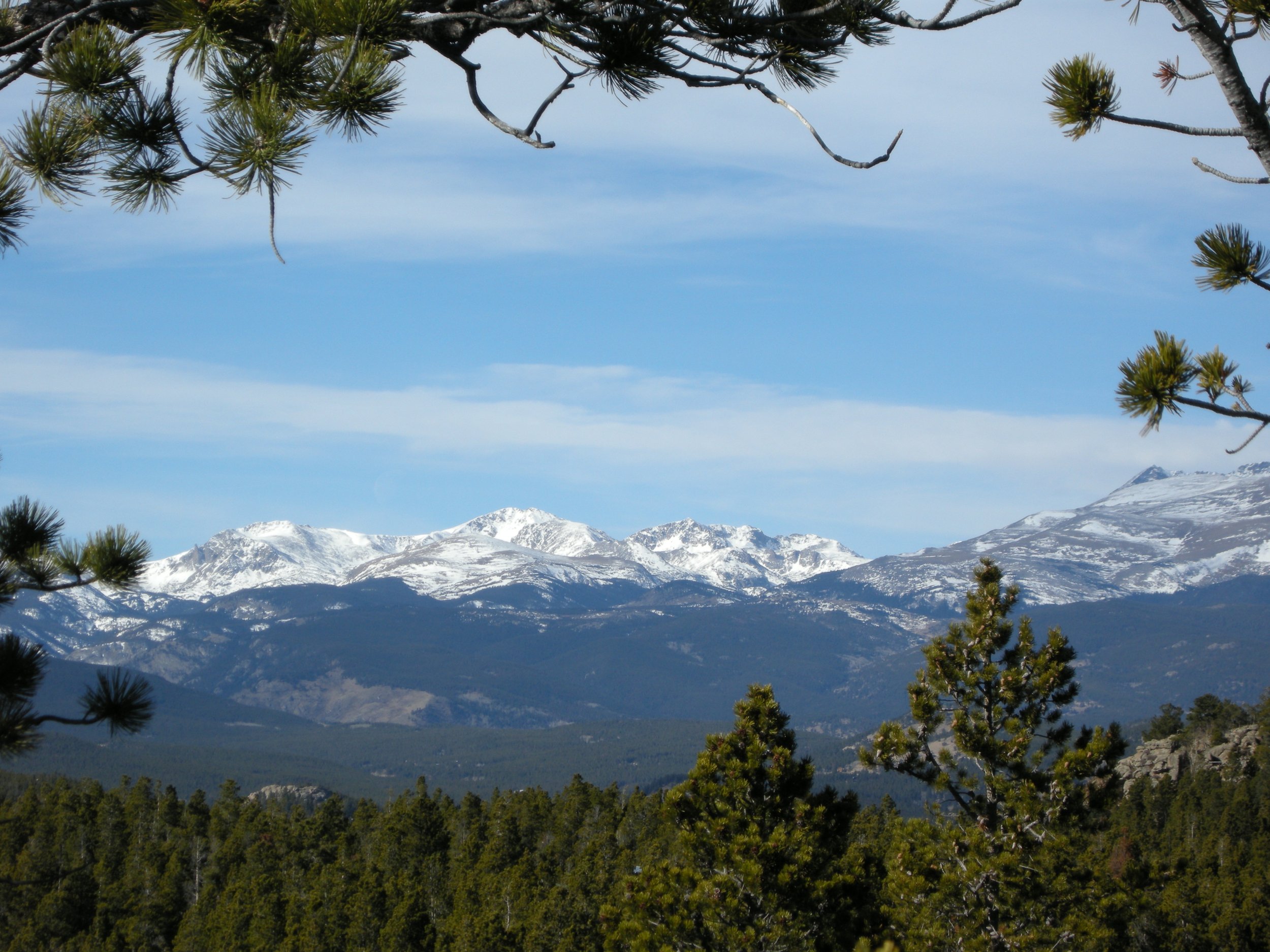
Roots of Courage in the Studio
I have been thinking about courage, specifically courage in the studio, the courage it takes to paint. The courage required to let go of what I think my idea of a painting should be, the courage to risk listening to the painting and engage in the paintings’s dialogue and not my particular monologue.
